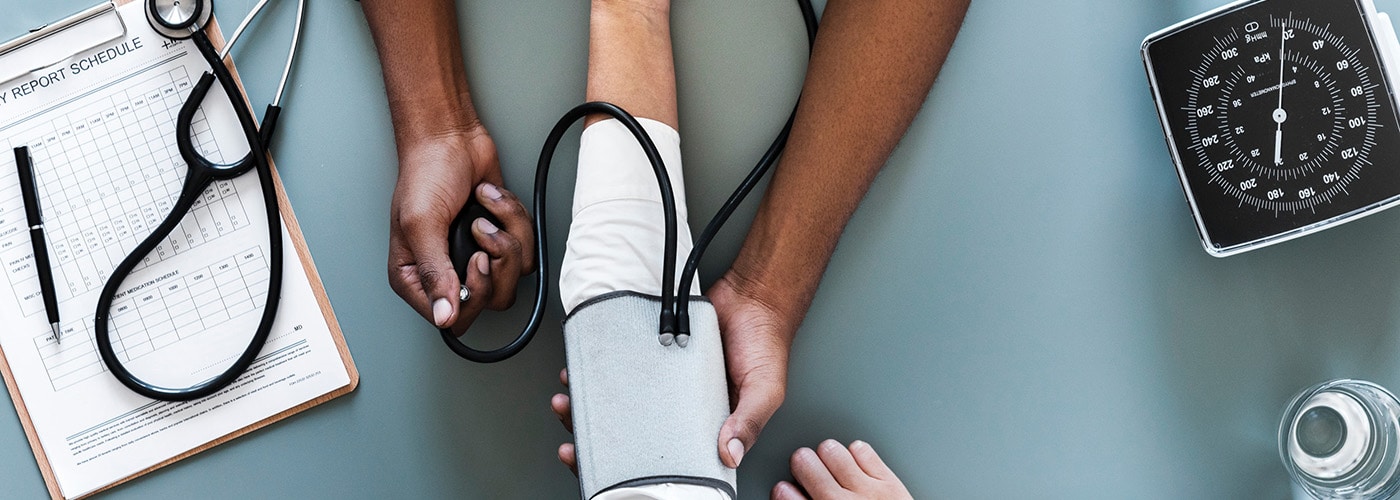A lot of kids grow up planning on becoming a doctor.
It’s one of those professions that falls into the police officer/firefighter/astronaut category, but unlike the others, is one that a lot of students stick to throughout their education. Unfortunately, it’s not just as simple as turning a lifelong plan into action: There’s that whole medical school thing, and finding a way to pay for it.
For Laura Danielson, that path started with a chemical engineering degree at the University of Minnesota Twin Cities, before embarking on her medical school journey at the University of South Dakota. Now, as Danielson finishes up her residency at West Virginia University, she is facing down the financial toll of this 11-year journey.
“The main difference between financing medical school and your typical undergraduate loans is the magnitude,” she said. “In keeping with that, your approach can be multifactorial and is very individualized.”
One of the important parts of paying for medical school is understanding just how steep of a climb it is, Danielson said. With the average medical school debt about four times as high as what undergrad students can expect, Danielson said it was important to get a grasp on the financial situation before starting.
“Medical school is extremely time consuming, stressful and difficult for most people,” she said. “In order to make it through, you need to be able to focus primarily on school. That includes having financials arranged so that you aren’t working jobs to pay for it.”
The challenge of medical school leads to attrition. Some students who fell behind couldn’t keep up their grades. Others withdrew on their own.
And not all of them are due to being overwhelmed by finances or life, Danielson conceded, but she also said it is a critical component to finding a balance in medical school. The task of medical school is on a magnitude that many students have never faced, she said, which makes it vitally important to devote basically all of your time and energy to the task at hand.
“To make a comparison, a high school final exam is like a midterm exam in college, and a college final exam is like a midterm in medical school,” Danielson said. “A common analogy is that medical school learning is like drinking from a fire hose. You literally just don’t have much time to think about anything else.”
Beyond creating a proper headspace to handle school, having a financial plan is also vital to making life work: Both during and after medical school. Danielson has dealt with the temptation of taking out secondary loans to cover for costs such as living expenses, but at the same time knows the best strategy is to find a way to make her primary disbursement work.
Even when taking out that loan, Danielson said the best strategy is to try and keep your debt at a minimum, regardless of potential future earnings.
“You are going to want to minimize that amount so you ‘live like a student’ for at least decade,” she said. “When I personally started residency, I literally had $300 in my bank account and ate every meal for two months at the hospital using a meal card provided to all residents.”
The idea of being able to work while in school seems “unlikely” for most, so it puts medical students in a precarious position compared to their peers. Not only are you taking on the financial burden of more school, there is also the opportunity cost. When you take a step back and think about the money you put toward medical school, Danielson said it’s easy to see the ‘real’ cost as a house, or cars and trips, that you could have had instead.
Even when you start making money, the burden of financing medical school can cause many new doctors to prolong a frugal, student-style financial plan.
“The tough part of this is that while you get paid relatively well, it is little compared to the amount of work you do AND the amount of loans you have,” Danielson said. “Most residents start out making either upper $40,000s to low $50,000s, which means it isn’t feasible to pay the more than $2000 per month it would take to pay off your loans in 10 years.”
On top of that, medical students are also unlike their peers in the sense that they do not have the same time and resources in a social setting either. That’s why Danielson said it is important to take your time considering the path toward a medical license, especially when you realize you are living off of loans for between 7-11 years.
Yet even as she considers what it’s taken to get here, Danielson is also looking forward to the future. Once she finishes her residency in West Virginia, Danielson said she will enter the phase where physicians can see their salary double, quadruple, or even more.
“Keep in mind that apparently there is a light at the end of the tunnel, or so I’ve heard, where you will most likely be in a financially stable situation for the rest of your life,” she said. “If it is worth the sacrifices made, only time or yourself can tell.”



